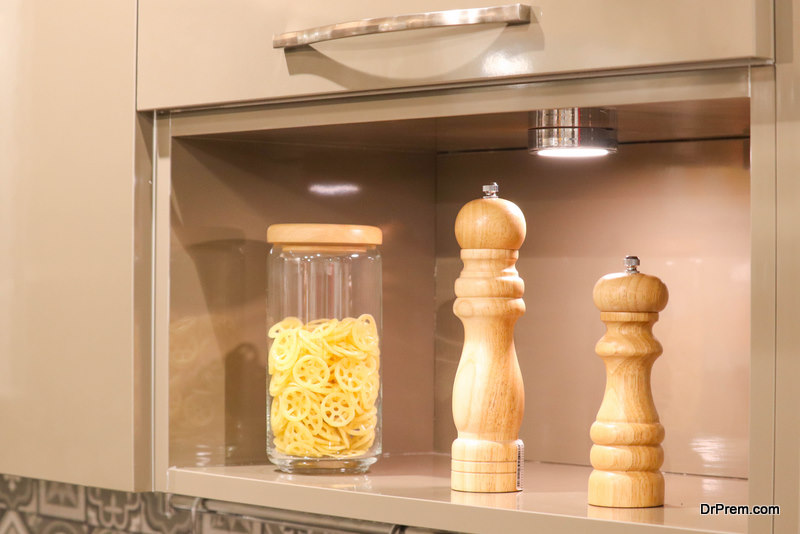Now that you’re a homeowner, you may have heard about the things you’ll need to do to maintain your home. Cleaning the gutters, changing the furnace filter, and emptying your dryer vent may be at the top of the list.But has anyone told you about pest prevention?
Pests can cost you thousands of dollars in repairs. Rats could force you to replace the insulation in your walls, and a single squirrel can start a fire in the attic. An infestation can be just as disastrous as the other things you want to avoid.
Here’s a list of tips to get you started. If you’re dealing with a pest problem right now, call the experts at Pest Control Peterborough.
1. Store food in sealed containers

Having an organized pantry is great for saving time and money. It also helps to keep pests away by sealing in the smell of food. Put all your pantry foods in airtight containers and jars so only you can access them. Bugs won’t be able to get in, and rodents won’t be able to chew holes.
2. Use lidded garbage cans
Wasps, raccoons, flies, and other pests love garbage. Outside, use lidded garbage bins that you can tie down and keep them clean. In the kitchen, use a lidded garbage canto reduce odors.
3. Keep the house clean
Pests won’t magically appear if you’re house is a little messy, but they do have a good sense of smell. Ants living outside, for example, may be drawn to the sweet smell of juice you spilt on the floor. Mice may come crawling in if you consistently keep food out overnight.
So, get in the habit of cleaning up the house by the end of each day. Vacuum regularly and deep clean every now and then to get every crumb.
4. Weatherstrip your doors

Believe it or not, mice often come crawling into homes via the front door. Simply add some weatherstripping to the bottoms of your doors to keep them out. You’ll be saving yourself the trouble of a mouse problem while keeping drafts out, as well.
5. Cover wall vents
Wall vents are often made of plastic, which can be chewed by rodents. Cover them with a quarter inch mesh that is thick and sturdy. You can also plug weep holes with stainless steel covers from the hardware store. Doing so will keep mice and wasps from getting inside. Contact a local wildlife removal company if you want someone to do this for you.
6. Seal gaps in the soffits
Seal gaps between your soffits and the outer walls of your home with a silicone caulking. While they may seem harmless, mice can actually climb up the wall and get into the attic by squeezing through these spaces. Bats also like to use these openings to roost in the attic.
7. Research the pest

If you are ever faced with a pest problem, research the species first. Identify the signs of an infestation and what you can do to stop it. Get an understanding of their behaviors and what attracts them in the first place. Then, use the appropriate solution.
8. Set lots of traps
Most pests come in large numbers, and they breed quickly. So, set lots of traps and be thorough. Use traps and products designed specifically for the pest you have in mind. Follow their directions closely and be patient.
9. Beware of used furniture
Bed bugs get into houses by clinging to clothing and fabrics. Be cautious when buying used pieces of furniture and inspect them closely. You should also inspect your clothing when returning from a hotel and using shared laundry services.
10. Contact a professional when you need it

Go with your gut. Call a professional as soon as you think you need it. Professional treatments are extremely effective and much longer lasting. An added benefit to hiring a professional is that they can help identify the causes of infestations and help put a stop to them. Call a local company for pest control and pest prevention services.
Article Submitted By Community Writer




